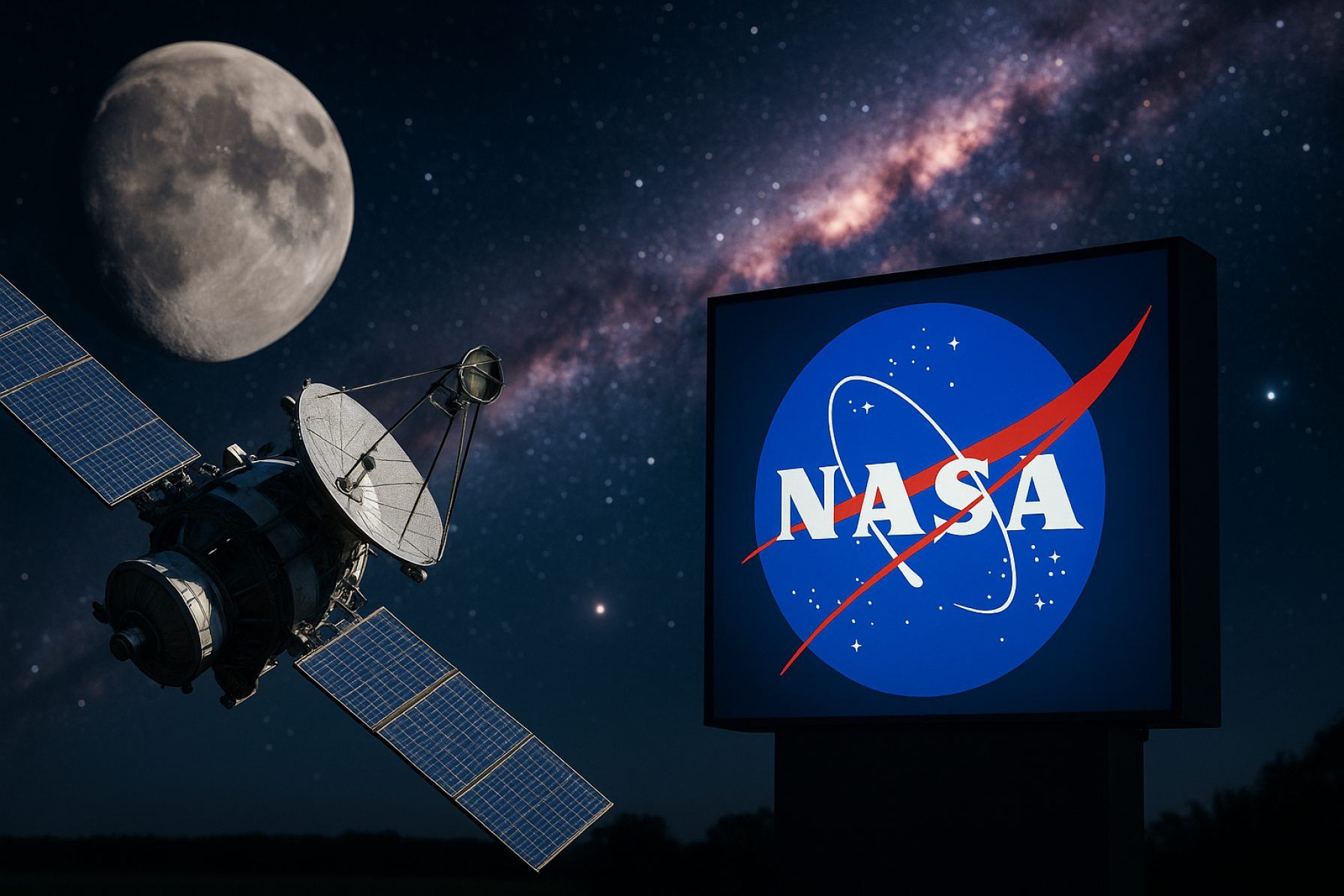
Space News Shockers: Satellite Wars, NASA Upheaval, and the Next Celestial Wonders Revealed / Updated: 2025, July 11th, 12:01 CET
Over 2,000 senior NASA employees have resigned amid budget cuts, with a potential 25% funding reduction threatening missions, while Sean Duffy, a former congressman and reality TV star, was named interim NASA administrator and serves as both NASA administrator and Secretary of Transportation. An alleged Iranian missile strike destroyed a $15 million U.S. communications radome at Al Udeid Air Base in Qatar, which housed the Modernization Enterprise Terminal (MET) for secure military communications. Russia’s secret Nivelir project drew attention after Cosmos 2558 released a small object in orbit, a move interpreted as a possible anti-satellite test signaling space-arms concerns. The









